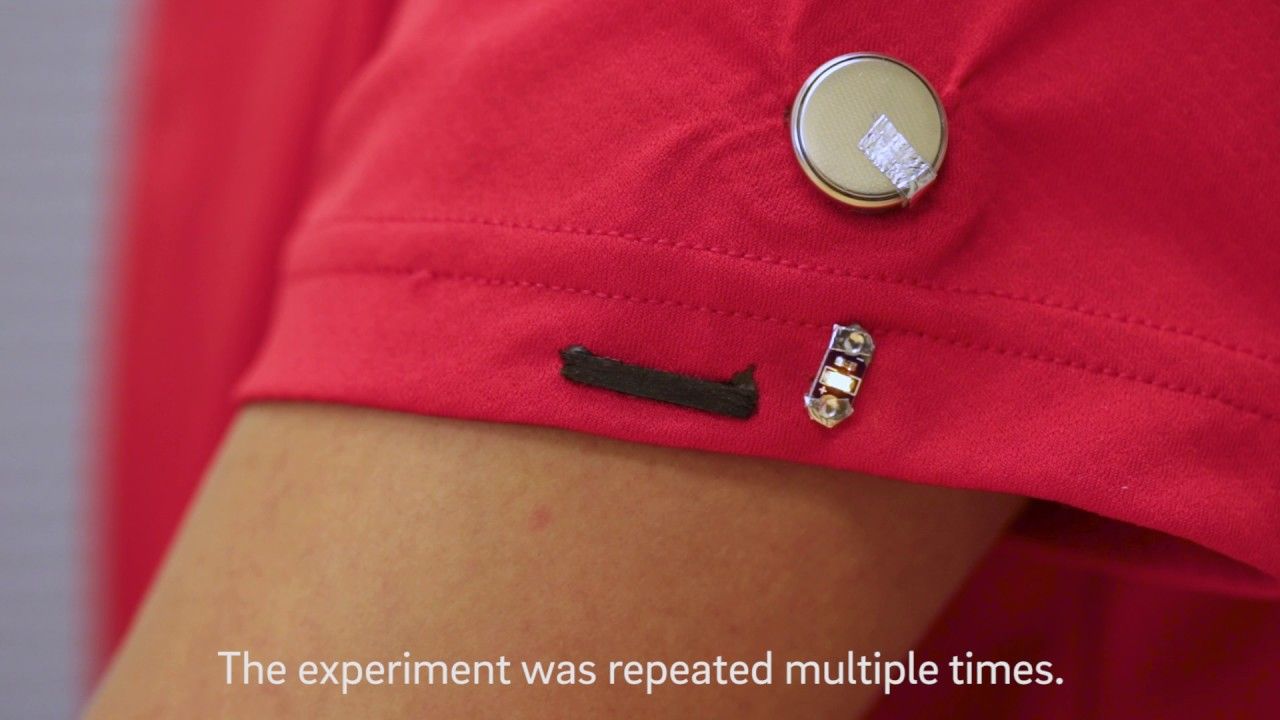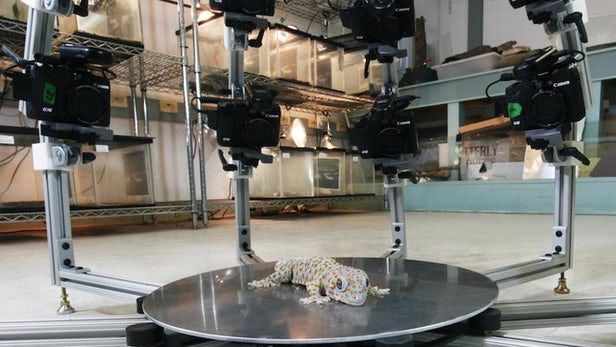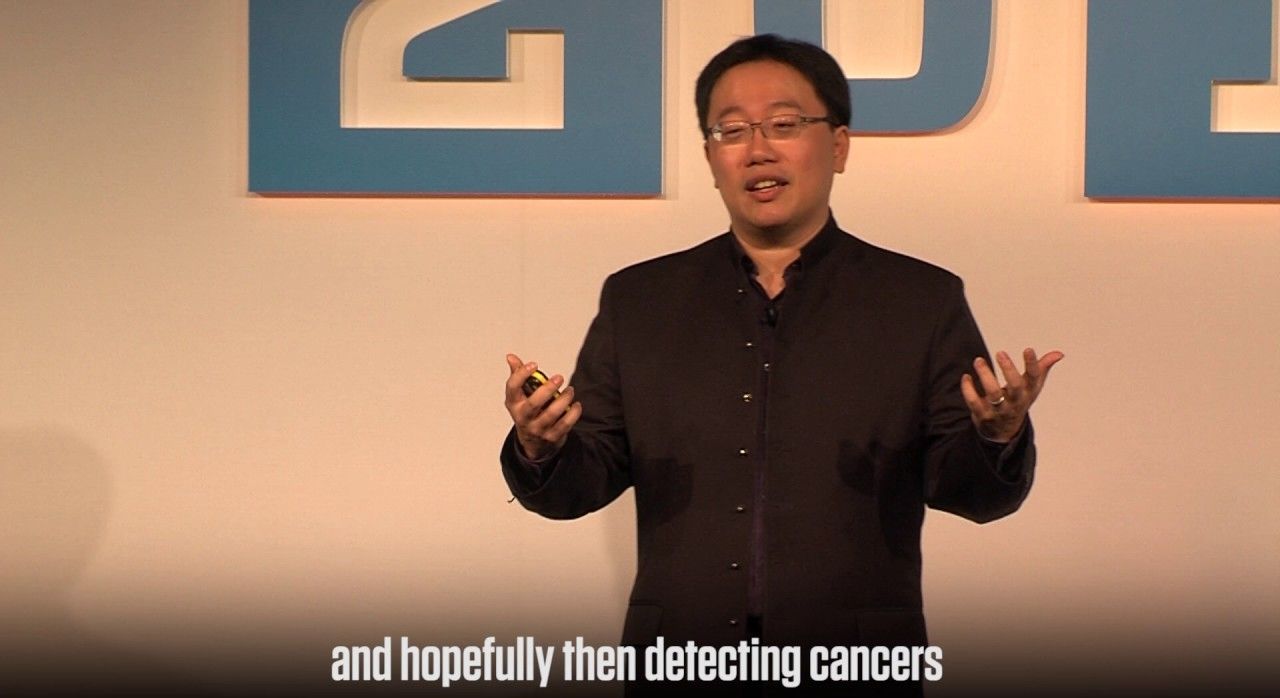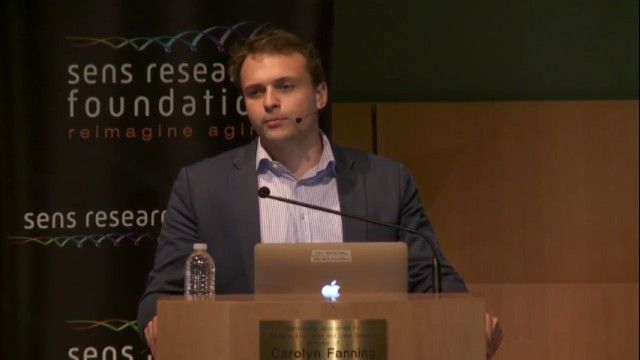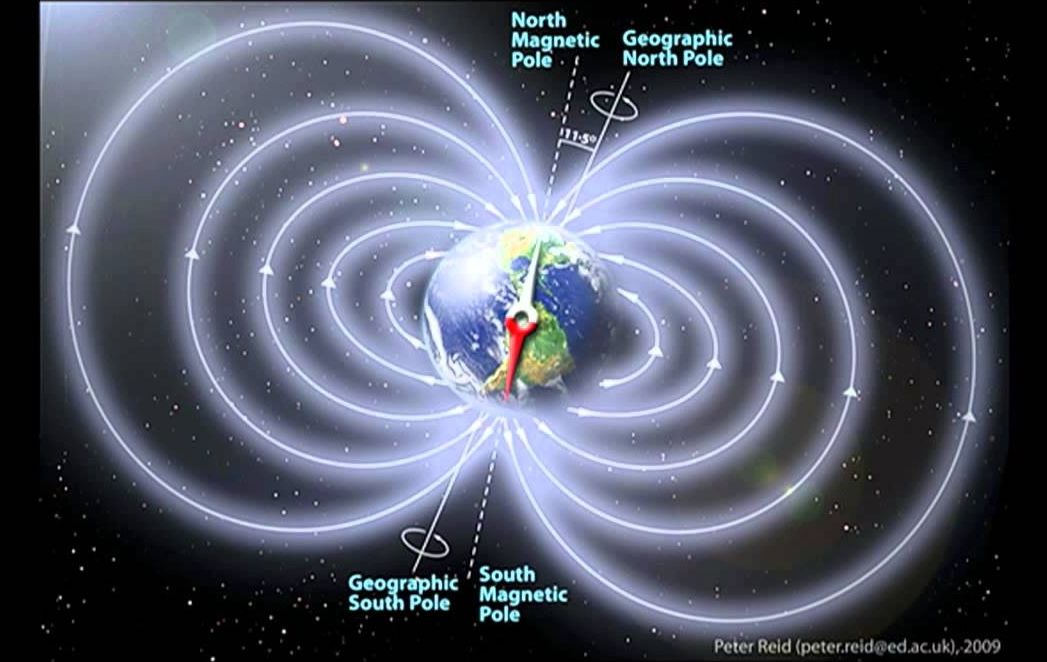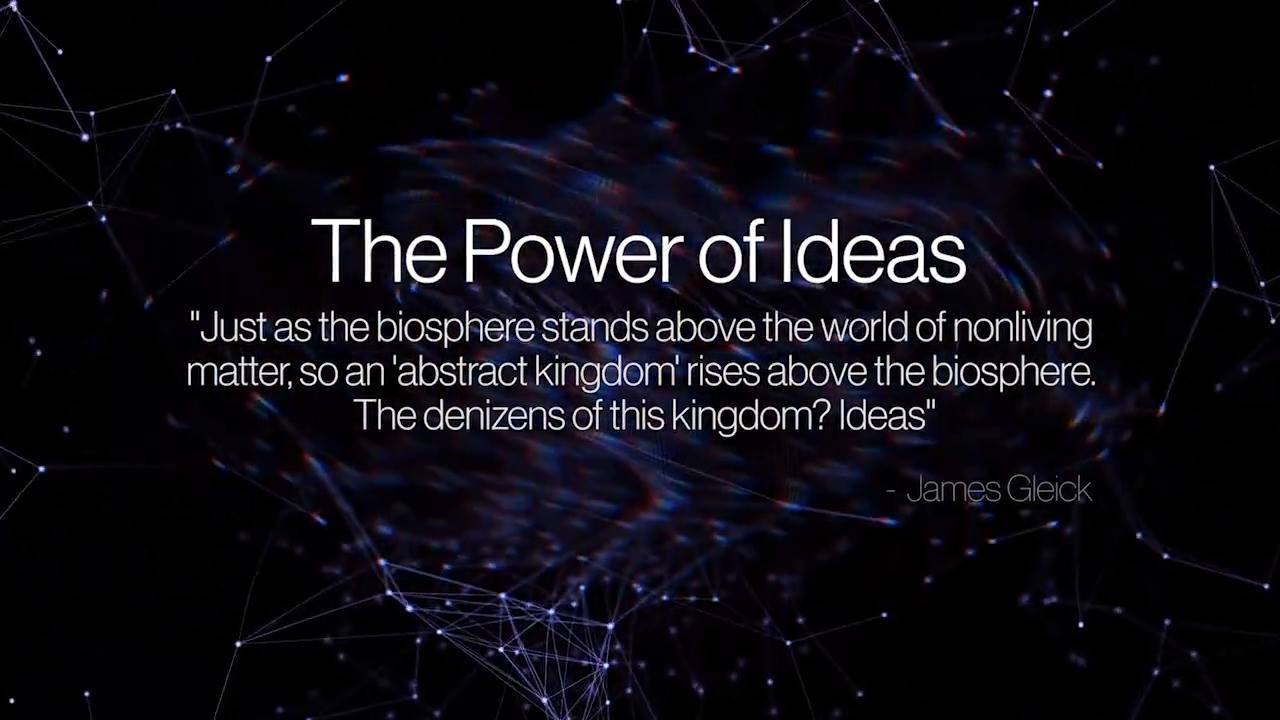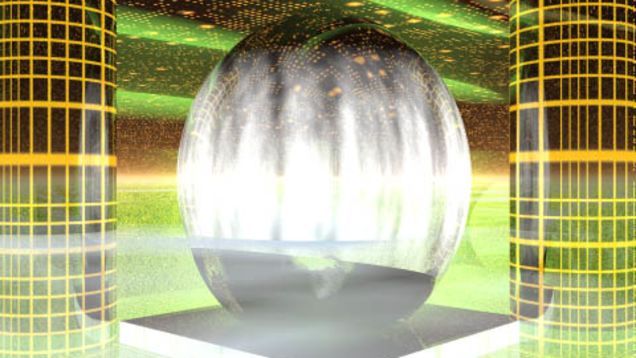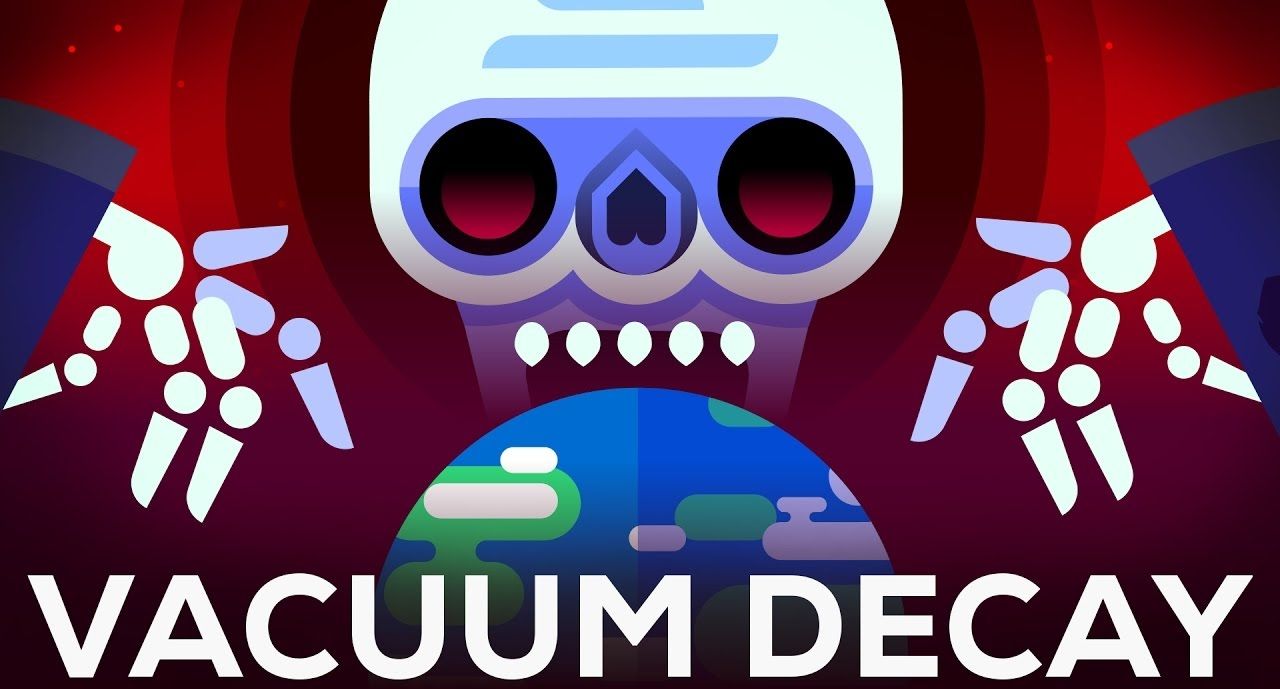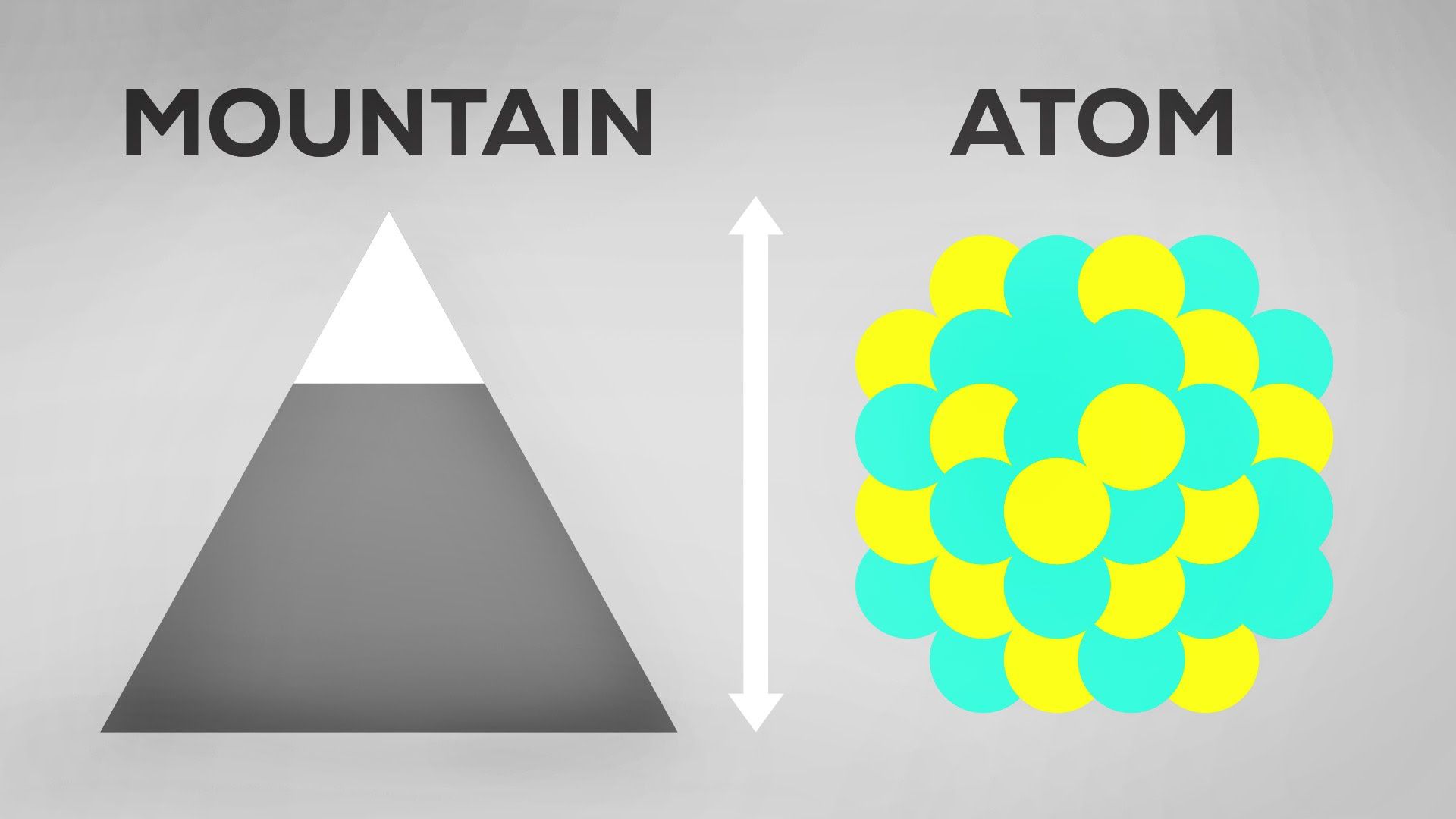Nov 3, 2016
Magnetic ink brings printable and self-healing electronics together
Posted by Shane Hinshaw in categories: electronics, materials
Engineers from the University of California, San Diego have brought together a couple of nascent technologies that could result in inexpensive and long-lasting electronic devices. The team created a magnetic ink that can print a variety of self-healing components.
The ink is loaded with inexpensive microparticles made of neodymium that are magnetically oriented in such a way that if the material rips, each side of the tear is attracted to the other. This allows components printed with the ink to self-repair tears as wide as 3 mm, which the researchers claim is a new record.
Continue reading “Magnetic ink brings printable and self-healing electronics together” »
